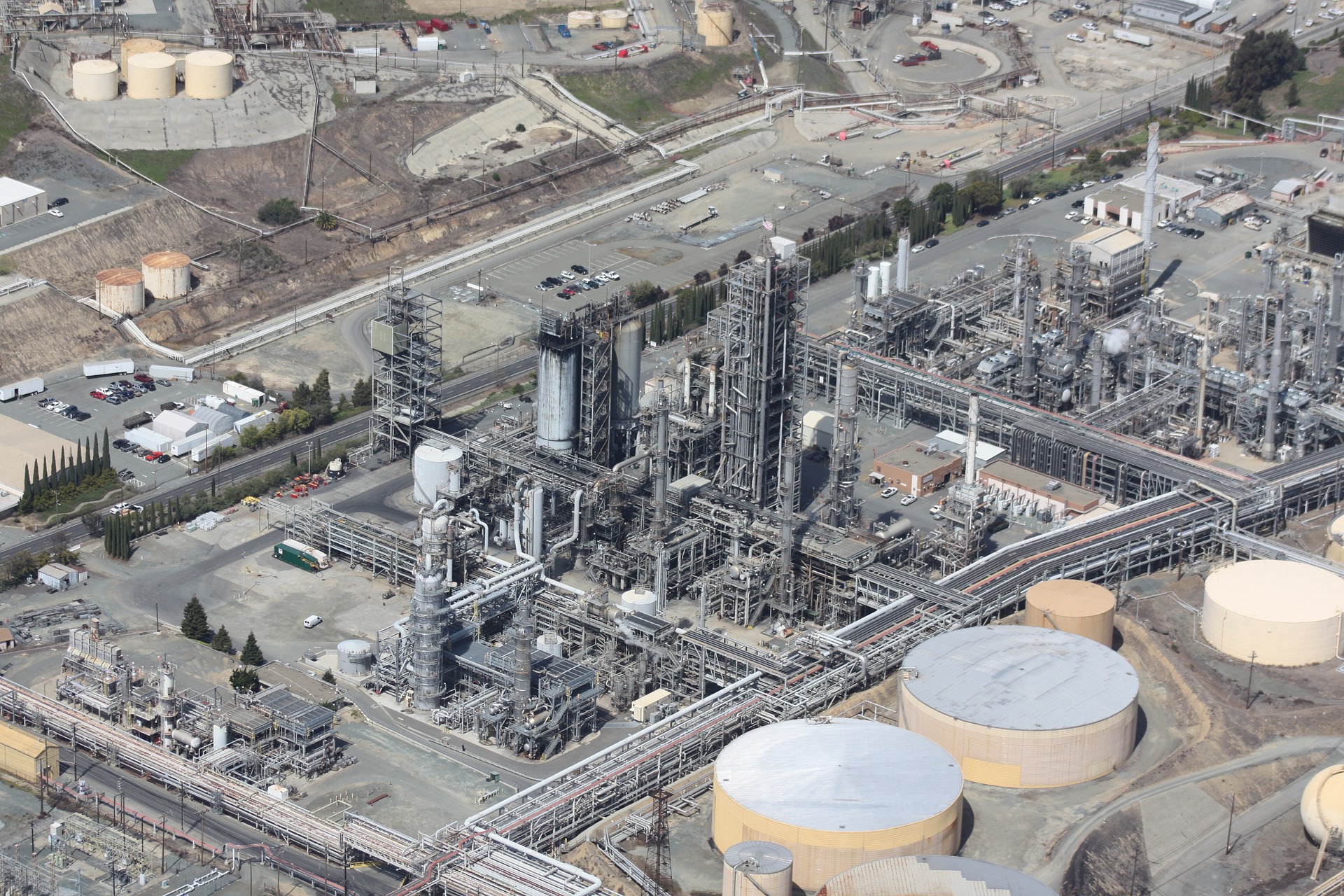The Future of Gas and Oil
The world runs on energy. The global energy mix is dictated by three important sources of energy. They are oil, coal and gas. Oil constitutes one-third of the total energy mix – the highest, being closely followed by coal (27%) and gas (24.2%).
Between the three fossil fuels, the use of coal has been stagnant since 2015. This could also be due to the fact that many countries are working actively to reduce their dependency on coal-fired electricity generation due to the large amount of greenhouse gases emitted during the burning of coal. It is no more a viable source of energy generation going forward.
More than 40 countries agreed to phase out their use of coal-fired power in the COP26 climate summit in 2021. Larger economies had agreed to do so by 2030s, while the smaller economies by 2040s.
Consumption of gas has seen steady growth since 2015. Many are viewing gas as a better alternative to polluting fossil fuels. Gas produces less emissions in comparison to coal or oil. When an equivalent amount of gas, oil and coal is burnt for generating energy, it is found that gas only produced about 117 pounds of CO2 compared to more than 200 pounds of CO2 generated by coal and more than 160 pounds of CO2 generated by oil.
This lower carbon intensity of gas, coupled with the emergence of new technologies such as hydrogen is setting gas apart as the choice of fuel for clean energy transition. European countries are actively leveraging on emerging technologies to derive new gas technologies such as biomethane or hydrogen gas.
Luca Giansanti, head of European government affairs at Italian energy company ENI said, “with the current technology you can abate up to 90% of the CO2 emissions from gas, which is already a lot. Then you have decarbonized and low-carbon gas in the form of blue hydrogen. Technological improvement in the future could bring this percentage up to 100%.” He further added that, “the switch from coal to gas is already underway, and through that, gas has been contributing a lot to the reduction of emissions all over Europe. Last year the contribution of gas to decarbonization, together with renewables, has been impressive.”
Developing Trends
Sustainability of gas and oil is being impacted by developing geopolitical situations around the world. The Russia-Ukraine conflict has caused a worldwide disruption to the stable supply of oil and gas. EU nations bear the most brunt as they depend heavily on Russian oil and gas.
Western nations came together to deal a heavy hand on Russia. EU nations have ended imports of Russian oil brought in by sea, while the US has stopped all imports of Russian oil. Western nations have also come together to stop countries paying more than $60 for a barrel of Russian crude oil. The EU has also vowed to cut gas imports from Russia by two-thirds.
Although there have been heavy cuts to buying Russian oil, European countries like Slovakia and Hungary had more than 60% of their countries’ oil imports coming from Russia. Bear in mind that in 2021, EU countries bought 40% of their natural gas requirements from Russia, particularly Germany that imported 56.2 billion cubic meters of Russian gas.
How are They Coping?
The EU nations are persuading oil rich nations such as Saudi Arabia, the UAE and Venezuela to increase their production. While Saudi Arabia’s public stance is that it is not going to change its oil policy, behind the scenes analysis paint a different picture. Saudi Arabia is using price differentials to ship more crude to Europe, the US and Asia. For e.g., price of Arab Light, a type of crude oil being sold to Europe by Saudi Aramco was set at Brent minus 90 cents per barrel in its March 2022 pricing.
The International Energy Agency agreed to release 120 million barrels of crude and oil products from their emergency stockpiles, while the US has also released 180 million barrels between May to October 2022 to regulate rising global oil prices.
EU states have shifted to liquefied natural gas (LNG) in tankers coming via sea from producers such as the US and Qatar. The share of LNG entering the EU has risen significantly since the past few years, even overtaking Russia, the largest supplier of gas to the EU.
Moving forward, the future of gas and oil will be increasingly shaped by a few factors. The increasing narrative around curbing global emissions; the stand that the greatest oil-producing and oil-consuming nations take on their energy policies; and geopolitical headwinds.
Photo Caption: An oil and gas refinery.




